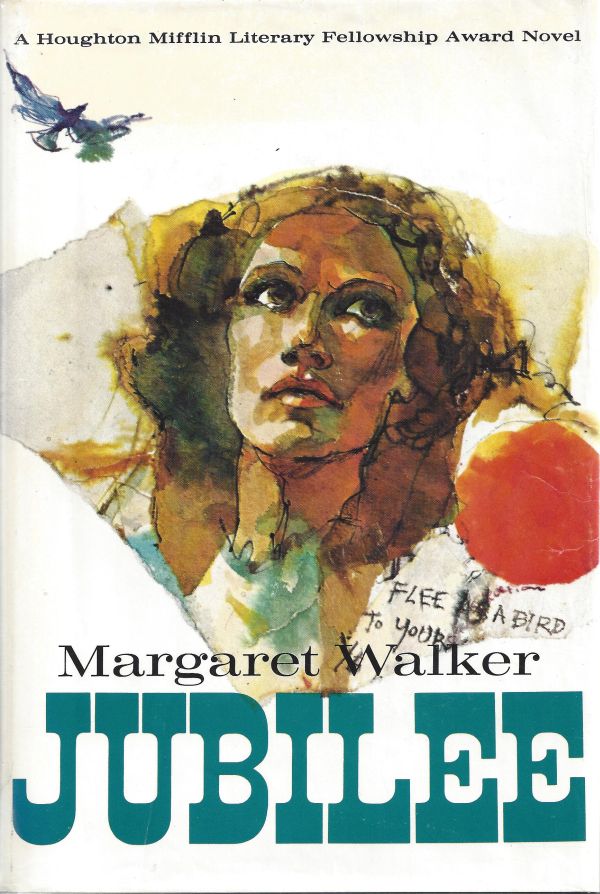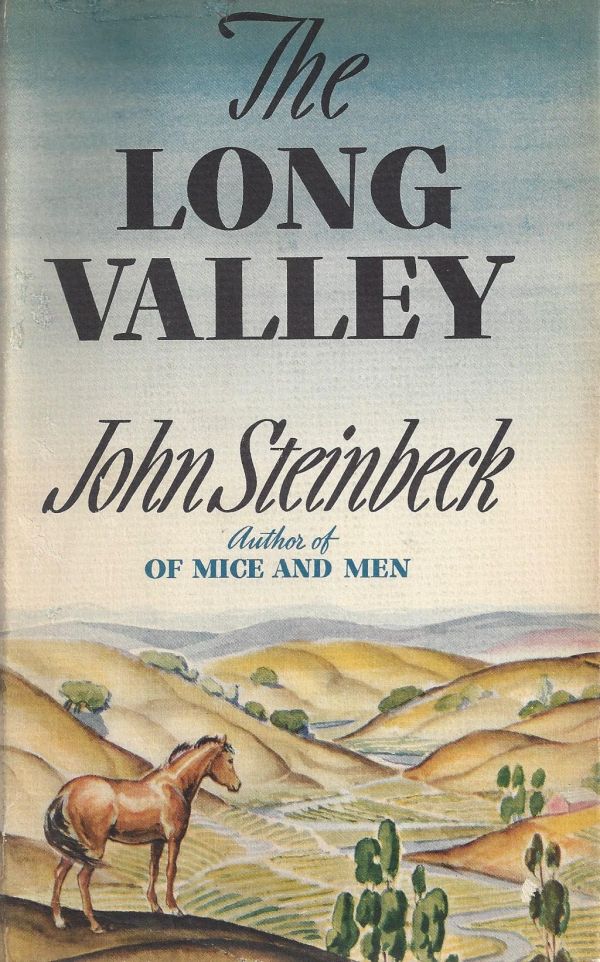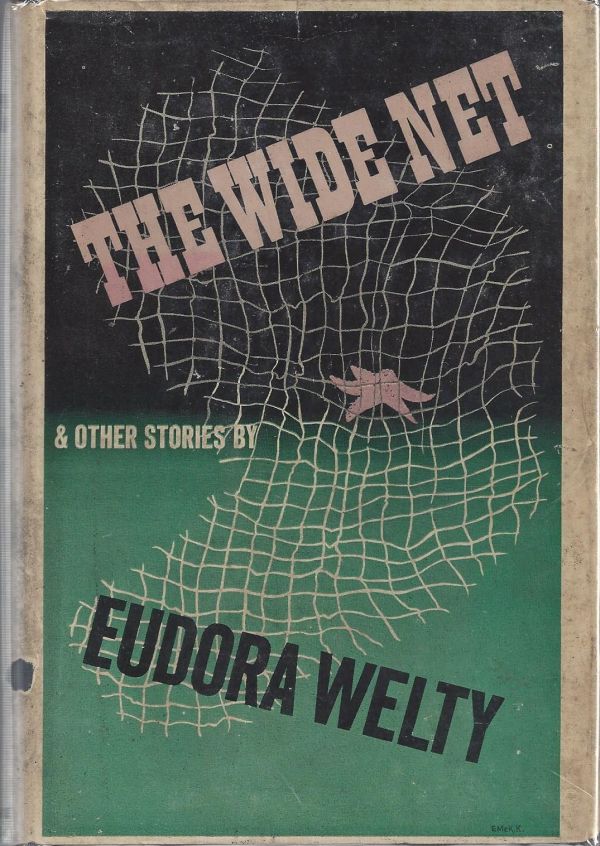As I said in my last blog, there are many books piling up around me; threatening to cave in and come crashing down upon me if I do not show them the proper attention they deserve- and soon. Luckily all book lovers (or should I say book hoarders) know that there is no shame in having stacks of books around the house. They’re an extension of furniture and decoration; but I can see where it can be a slight inconvenience in a small space like a dorm room (many apologies to my roommate). So let’s raise a book to the piles and endless stacks in your home as we count down the novels I’d like to get my hands on, as soon as possible.
Part Two
Novels, of the Adult Variety:
Tell the Wolves I’m Home by Carol Rifka Brunt
Two summers ago a customer came into the store and successfully sold this book to three Lemurians. I am the last of the three who has not yet read it, and it eats me up inside. Hannah can tell you, this book is amazing.

The Tropic of Serpents by Marie Brennan
I love the first book in this series, A Natural History of Dragons, and I mean love. Then again, I do love dragons, but there’s more to this book than just mythical creatures. Personally, I think the main idea behind this series is really creative. It’s a memoir of a fictional woman in a fictional world where there are such things as dragon naturalists. Did I mention the action and adventure?

The Picture of Dorian Gray by Oscar Wilde
HOW HAVE I NOT YET READ THIS?? My life is missing crucial elements and experiences and this book is one of them. One day, Mr. Wilde, I will read this book of yours, hopefully, in the not too distant future.

Jane Eyre by Charlotte Bronte
While Jane Eyre is not necessarily something Ron Weasley would describe as “a bit of light reading,” (that’s a Harry Potter reference for you crazy kids out there who have yet to read the series) I have always wanted to read this classic. And I think this winter, under the cold and rain-drenched skies, would be an excellent time to start.

The Orenda by Joseph Boyden
If you have found yourself within Lemuria during this past year, then you have most likely heard of this book. It’s even been blogged about before, by Hannah and Andre; and for good reason, it’s amazing. Maybe I’m not allowed to technically say that yet since I’m only halfway through, but who cares? I’m going to say it anyway. IT’S AMAZING.

The Shadow of the Wind by Carlos Ruiz Zafon
Have you ever experienced that moment when you come across a book and find yourself drawn to it without knowing anything about it, other than what the cover says, that this is the book for you? Well, that is how I feel about this book. I can’t say whether I will love it or not since I have not read it yet, but there is something inside me that says I don’t have a choice in the matter. Just read this excerpt:
“Once, in my father’s bookshop, I heard a regular customer say that few things leave a deeper mark on a reader than the first book that finds its way into his heart. Those first images, the echo of words we think we have left behind, accompany us throughout our lives and sculpt a palace in our memory to which, sooner or later—no matter how many books we read, how many worlds we discover, or how much we learn or forget—we will return.”

The Name of the Wind by Patrick Rothfuss
This just looks wonderful, if you’re into fantasy, then this is the book for you. When anyone comes into the store looking for something in this genre, it’s one of the first books either Austen or Daniel will recommend.

The Kept by James Scott
I’m not far into the story, just thirty pages or so, but it was interesting enough to get me to buy a copy of the book for myself. Which is saying something, because I am a poor college student who can’t afford to purchase a copy of every book I want to read.

Written by Elizabeth



 Haruki Murakami released
Haruki Murakami released 












